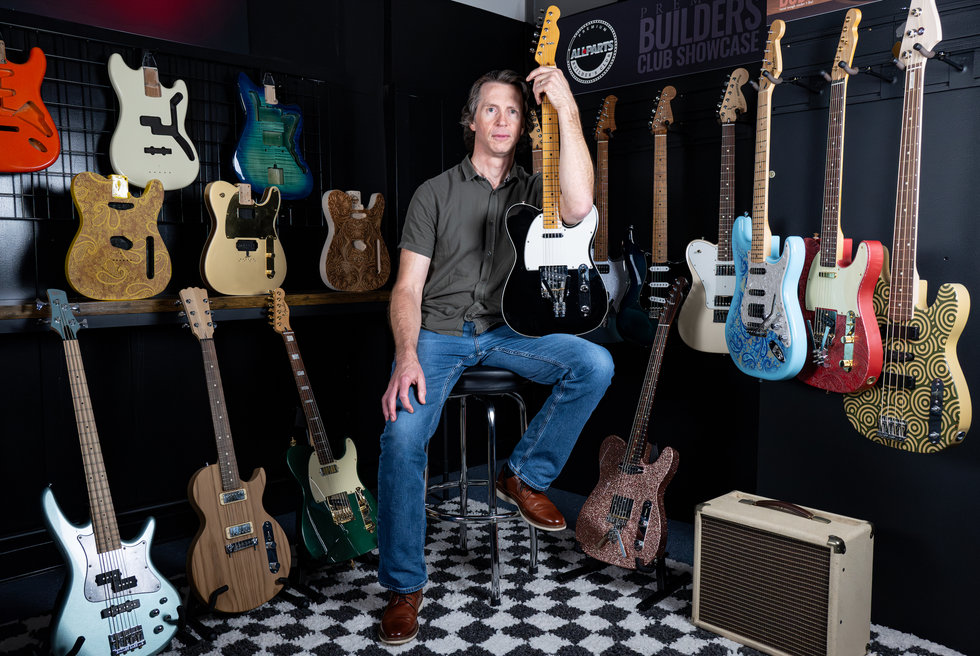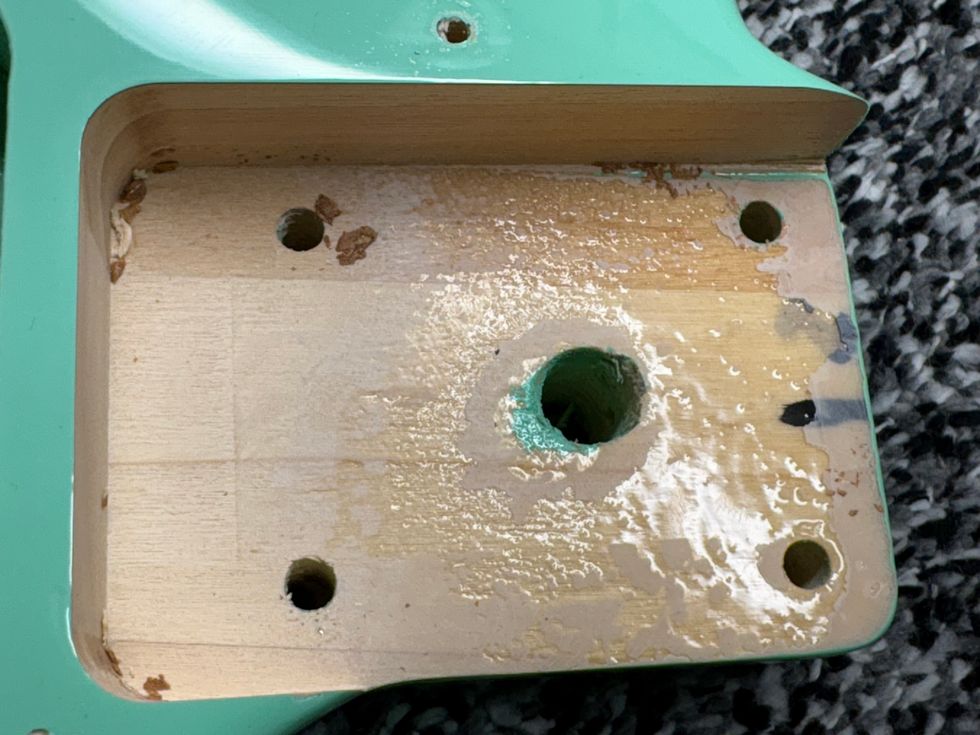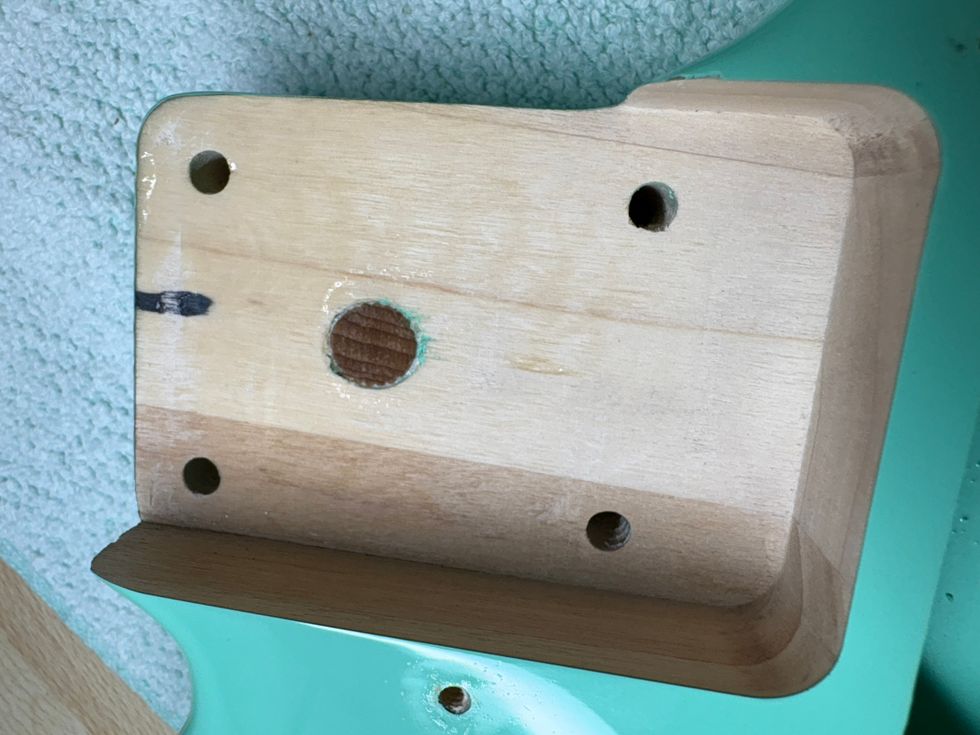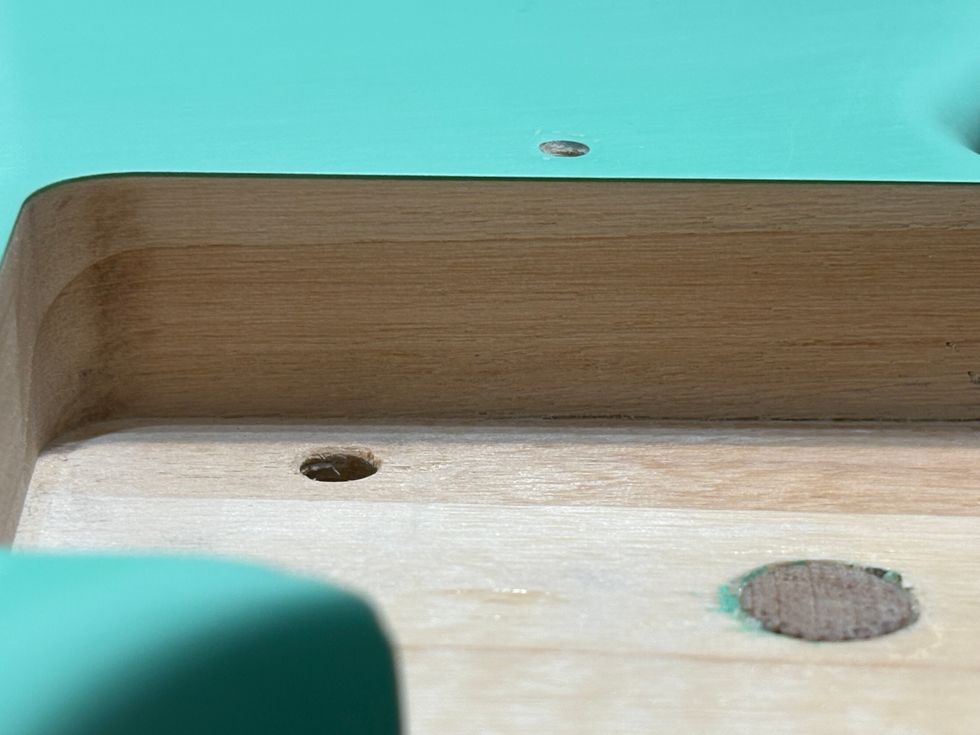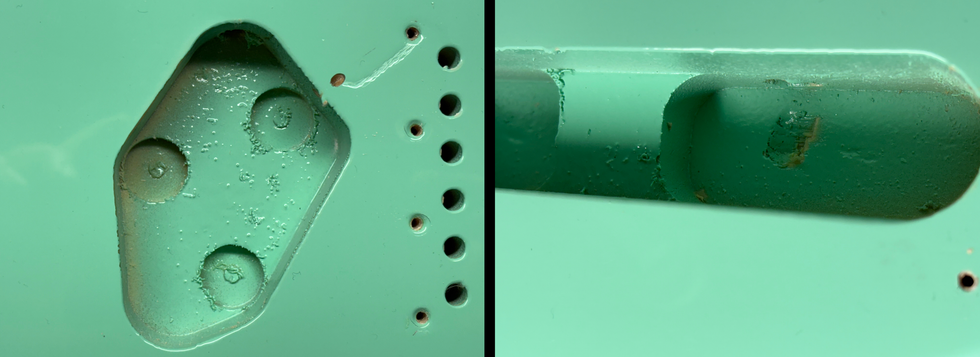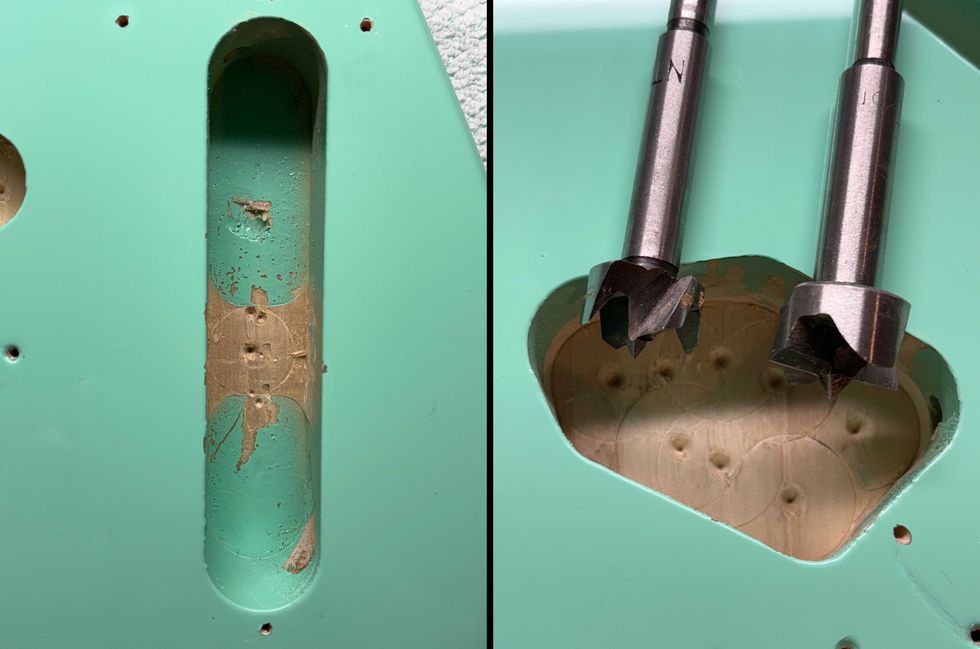| The Series Part 1: Getting Started Part 2: Strings Part 3: Compression Part 4: Pickups Part 5: EQing, at last! |
The name of this column is Walking the Wires, and this time we’re going to do some serious wire walking with the King of Strings himself, the inimitable Dean Farley, Signal Chain columnist for PG. Dean says his mission in writing Signal Chain is to help every player sound more and more like themselves, and one of the first elements to consider in that process is the strings you use. Farley is the mastermind behind Snake Oil Brand Strings (SOB Strings), and that, combined with his goal “to make people more happy with their music,” I couldn’t think of anybody that would know more about the properties of strings, and how those properties affect different guitars.
Some Background
 First of all, strings are a lot more important than a lot of people realize. They’re part of the foundation of your tone, and the way they interact with wood and hands and picks and pickups is more complicated than most of us realize. Farley’s fascination with strings began in the ‘70s, when his ears began to detect subtle changes in the way strings were making guitars sound. “In today’s string world, the large majority of string makers use what is called a 92/8 formula, and call it phosphor bronze, but real phosphor bronze is 90/10 [90% copper, 10% tin with a phosphorous content of up to 1%]. That’s real phosphor bronze, not pseudo phosphor bronze, not facsimile phosphor bronze, not almost phosphor bronze. The 2% makes a hell of a difference. Back in ‘74, for some reason people started getting their points off, and they said, ‘Oh, let’s just call this phosphor bronze.’ No. This is not reality here.”
First of all, strings are a lot more important than a lot of people realize. They’re part of the foundation of your tone, and the way they interact with wood and hands and picks and pickups is more complicated than most of us realize. Farley’s fascination with strings began in the ‘70s, when his ears began to detect subtle changes in the way strings were making guitars sound. “In today’s string world, the large majority of string makers use what is called a 92/8 formula, and call it phosphor bronze, but real phosphor bronze is 90/10 [90% copper, 10% tin with a phosphorous content of up to 1%]. That’s real phosphor bronze, not pseudo phosphor bronze, not facsimile phosphor bronze, not almost phosphor bronze. The 2% makes a hell of a difference. Back in ‘74, for some reason people started getting their points off, and they said, ‘Oh, let’s just call this phosphor bronze.’ No. This is not reality here.”
Our ears have become accustomed to a particular acoustic guitar sound, Farley says, from years of listening to acoustic guitars; “Woody Guthrie, Arlo Guthrie, Leo Kottke... our ears have been biased to certain metals, our ears get used to what is in the genre, and then all of a sudden everything else doesn’t sound right. Metallurgically, you have to have something that won’t trip people’s ‘internal bias trim pots,’ won’t trip the ‘oh, there’s something wrong here’ response.”
String Me Up
That idea turned us naturally to the subject of white bronze. “Have you ever tried white bronze strings?” Farley asked. “Yeah, back when I first had a magnetic pickup,” I replied. “What happened?” he asked. I laughed; “I hated them!”
“Thank you! Okay, white bronze was a neat idea, but it was never a popular seller. They could have tweaked the metals differently but they forgot all about that aspect of it. They just did some guesswork without knowing their metallurgy. If the strings would have worked, it would have been much more popular.” White bronze is an alloy of 52% iron and 48% nickel, which explains why they work well with magnetic pickups, but Farley asks, “Are you trying to reproduce the sound of the string, or are you trying to reproduce the sound of the guitar?” And since we are absolutely trying to reproduce the sound we originally fell in love with, which is essentially the sound of the guitar, we can, as Farley says, “throw the white bronze strings out.” As for the contention that they are necessary to make a magnetic pickup sound right, he is unequivocal. “That’s totally bogus. Because guitar pickups are supposed to reproduce what the guitar sounds like with bronze strings on it, ideally.”
Okay, so what about bronze strings? “80/20 bronze,” says Farley, “is technically brass. And there are some other formulas, too. I have one that I call The Lost ‘60s Alloy, which is a really wonderful sound on a big maple jumbo or a rosewood 000EC, that sounds wonderful. I don’t like phosphor bronze on rosewood, I like The Lost ‘60s Alloy better, but there are very few companies that do this; I do it, but that’s just me.”
Farley has a laundry list of things he puts into an equation to know exactly what strings will make your guitar sound utterly like itself. He runs that equation through his rather remarkably well cross-referenced memory, based on the wood, the type of the body, scale length, how the player uses it, the fretboard wood and the type of frets, the bracing, and some of the other materials used in the construction, and comes up with the perfect set of strings every time. In his experience, mahogany loves phosphor bronze; maple usually wants a slightly brighter alloy, especially if it’s a jumbo; rosewood loves The Lost ‘60s Alloy (“It sort of splits the difference between phosphor bronze and brass,” he states); koa loves the 80/20 bright bronze (or brass); and parlor guitars, no matter what wood they’re made from, seem to love the bright bronze as well. But each guitar is different, and each player is different. And of course there are variables like whether you use flesh or nails or picks, whether you’re with a band or by yourself, whether you want a smooth and warm sound or a razor sharp bite. “And picks have their own personalities so you have to match your picking style with your string, and with your guitar, and then all of it, when you put it all together it all rolls into you.”
Scale length is also very important when considering the gauge of string you want. The shorter the scale length, the heavier the string you can work with. Farley has a 000 Martin with a short scale; he says he puts 13s on it, but because of the short scale they feel and behave like 10s.
He’s also not a fan of coated strings, because they interfere with the way the strings vibrate, and once again, “they just don’t sound right.” Farley continues, “The purpose they would have in my mind would be keeping everybody’s fast food grease and [body] chemistry off who played the same guitar. They would be useful to a boutique shop owner who owned a lot of great acoustics, putting coated strings on might make him or her not have to change the strings so often on a guitar in the showroom, but once it’s out of there, I don’t care how thin the coat is, it’s gonna mess with the vibration of the string. I never thought that dental floss and bronze was a musical sound.”
The Heart of the Matter
Two or three decades ago, if you walked into an average guitar shop, you were going to find some dreadnaughts, and if it was a really happening place you might see a 000 or a jumbo, but mostly what you could find was a dreadnaught, and it was going to be rosewood or mahogany. These days, the choices can be almost overwhelming. “And it’s all a matter of how much knowledge you go in with, and that’s part of my job. Signal Chain is about personalizing yourself and finding yourself. I don’t want Gayla Drake Paul to sound like anything other than Gayla Drake Paul, much like you wouldn’t want me to sound like Jeff Beck. We’re all about finding our own identities. That’s my mantra, that’s what I’m trying to do here, I’m trying to get people to realize that their own sound is a very complex chain of events and even the minutia can have a huge impact on what the end result is. The devil is in the details, right?”
Next month, we’ll continue the conversation with Farley as it roves into balance, compression, pick choices, and recording our babies.

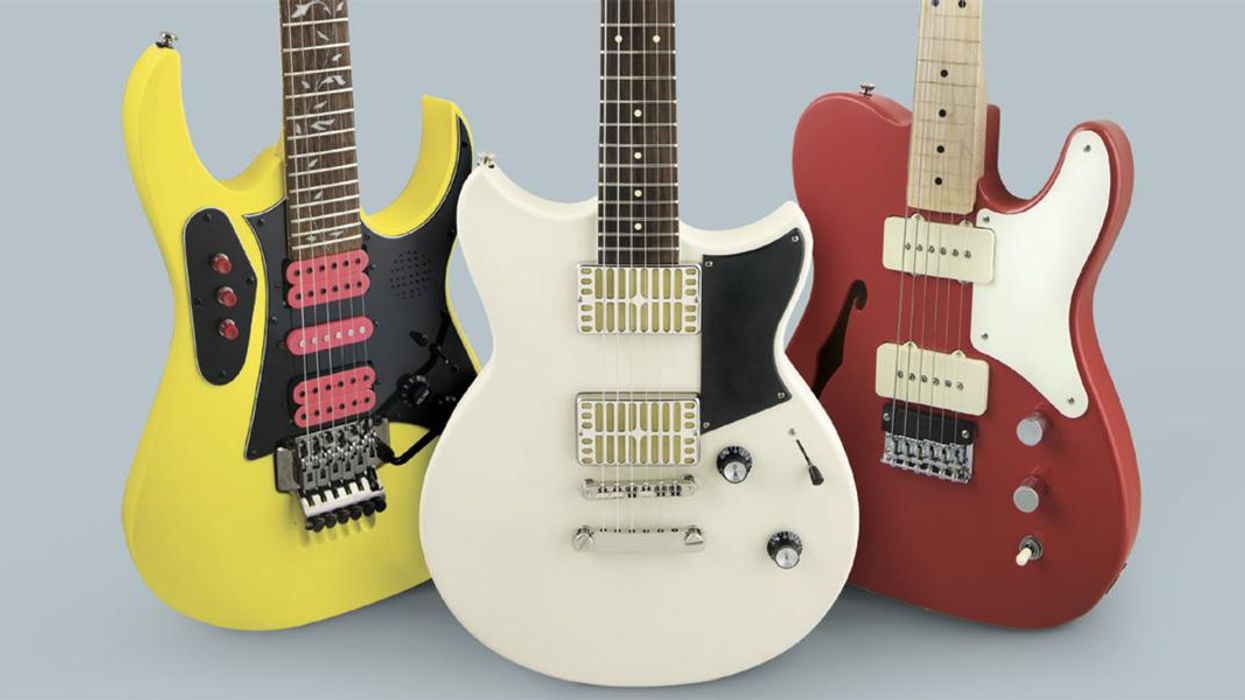
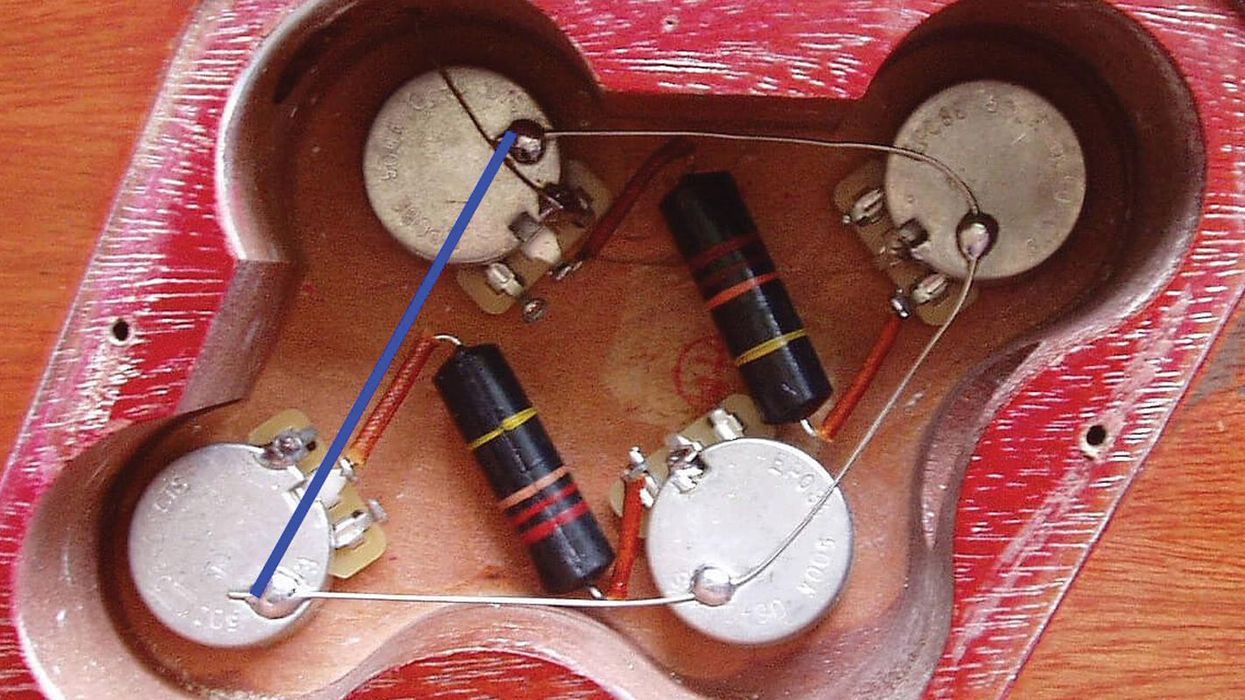
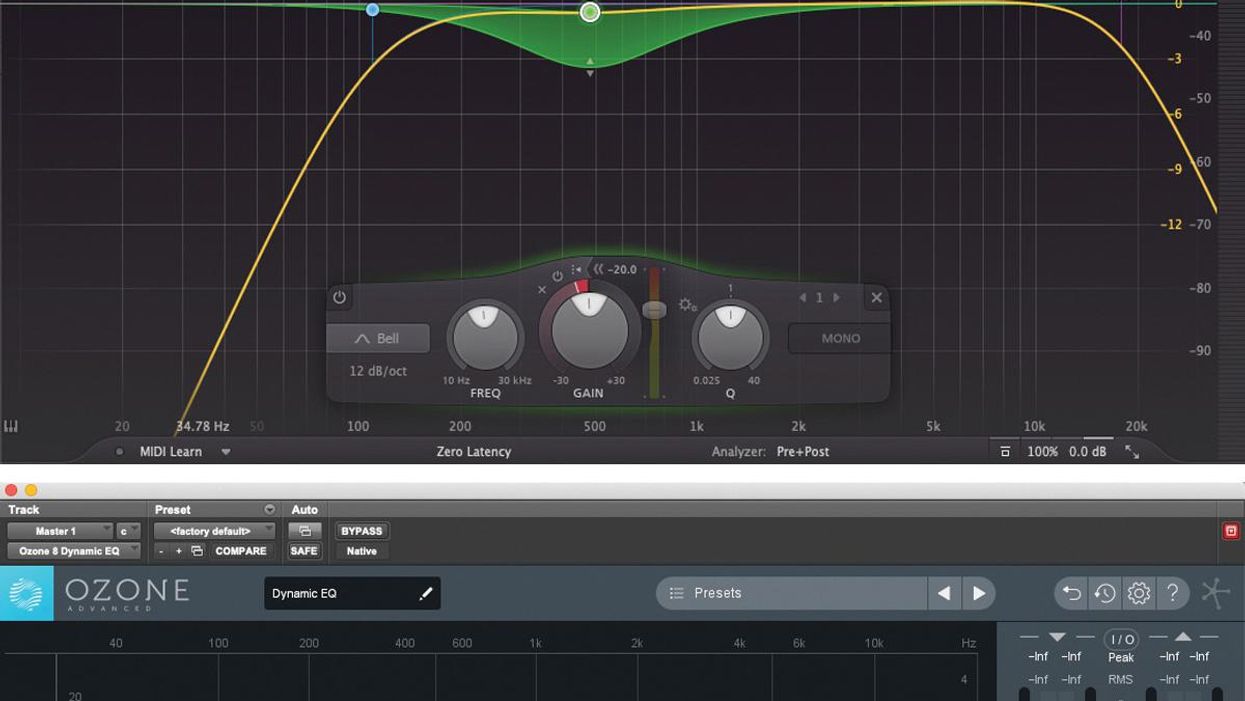












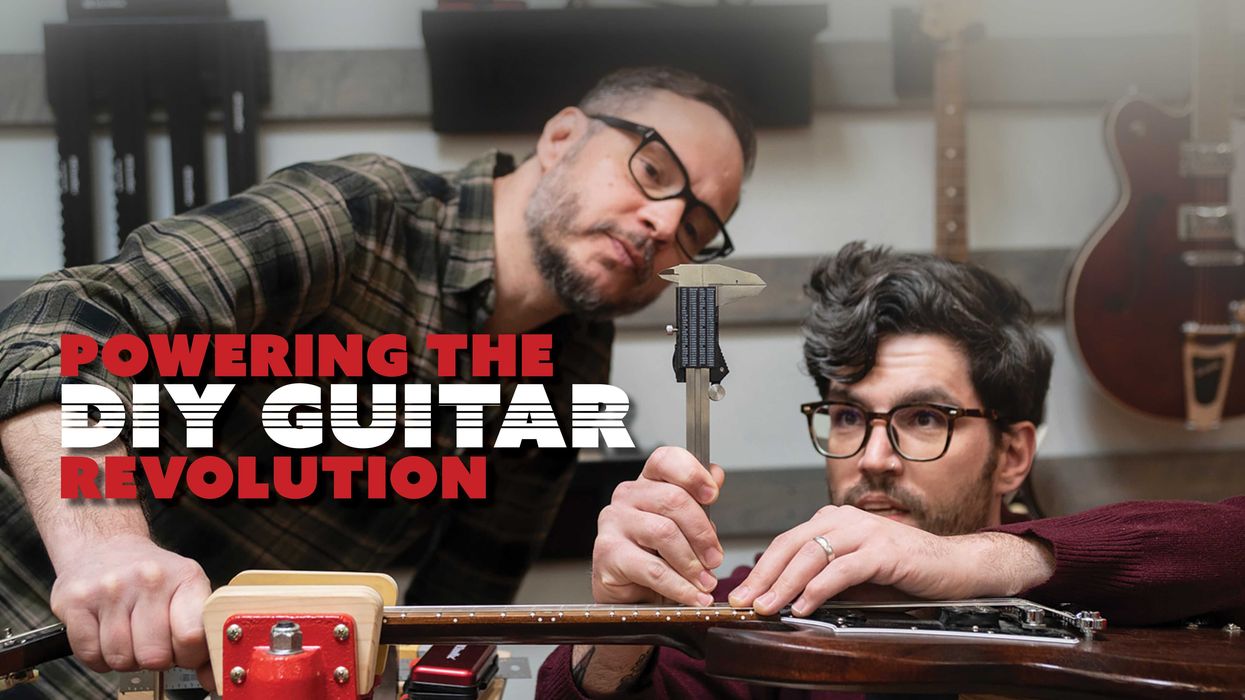
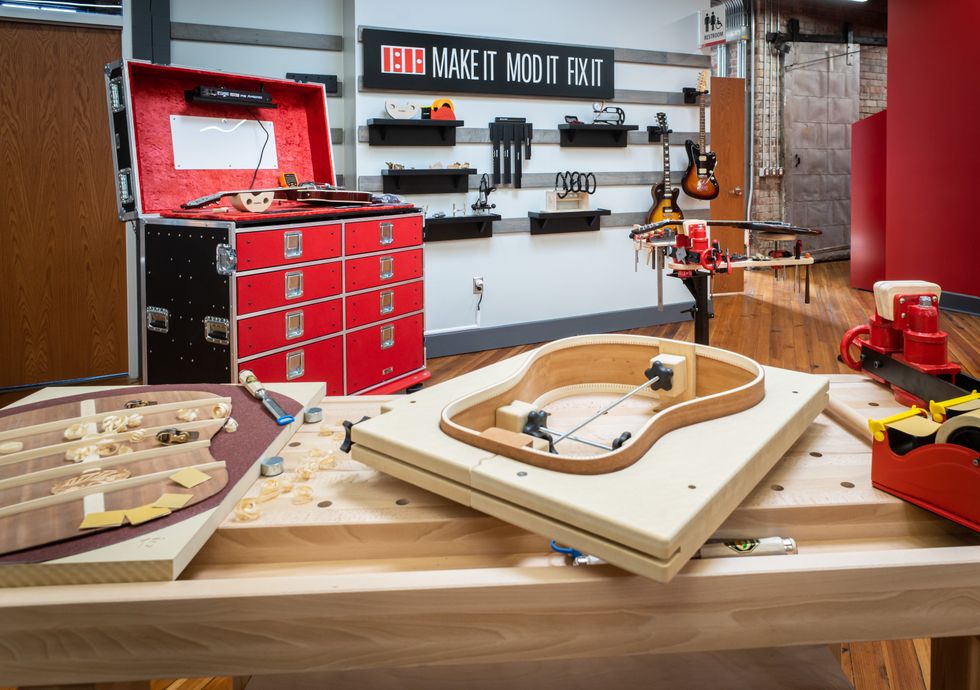

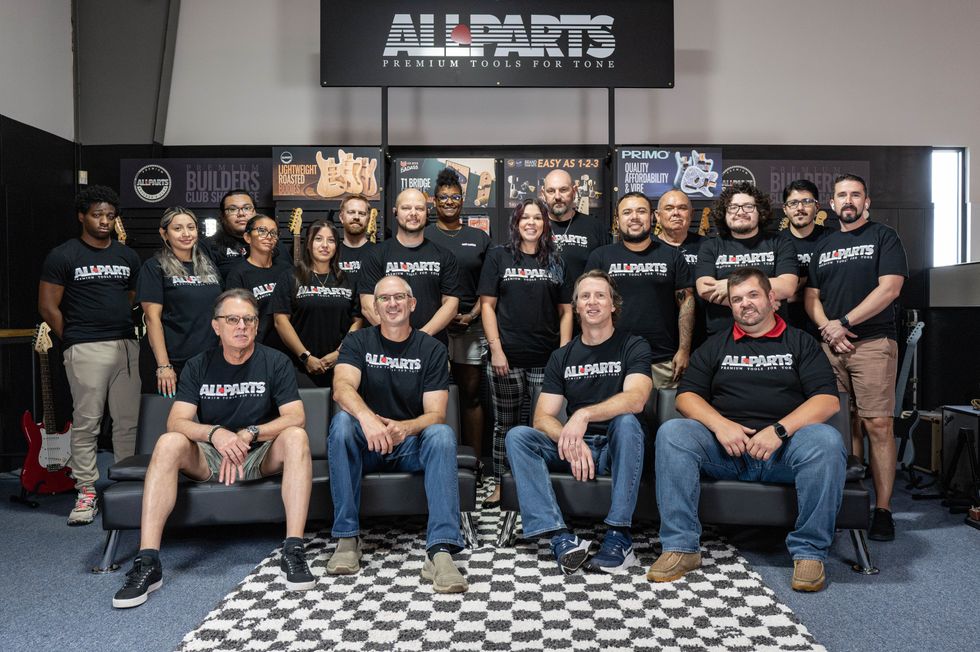 The Allparts team at their Houston warehouse, with Dean Herman in the front row, second from right.Photo by Enrique Rodriguez
The Allparts team at their Houston warehouse, with Dean Herman in the front row, second from right.Photo by Enrique Rodriguez